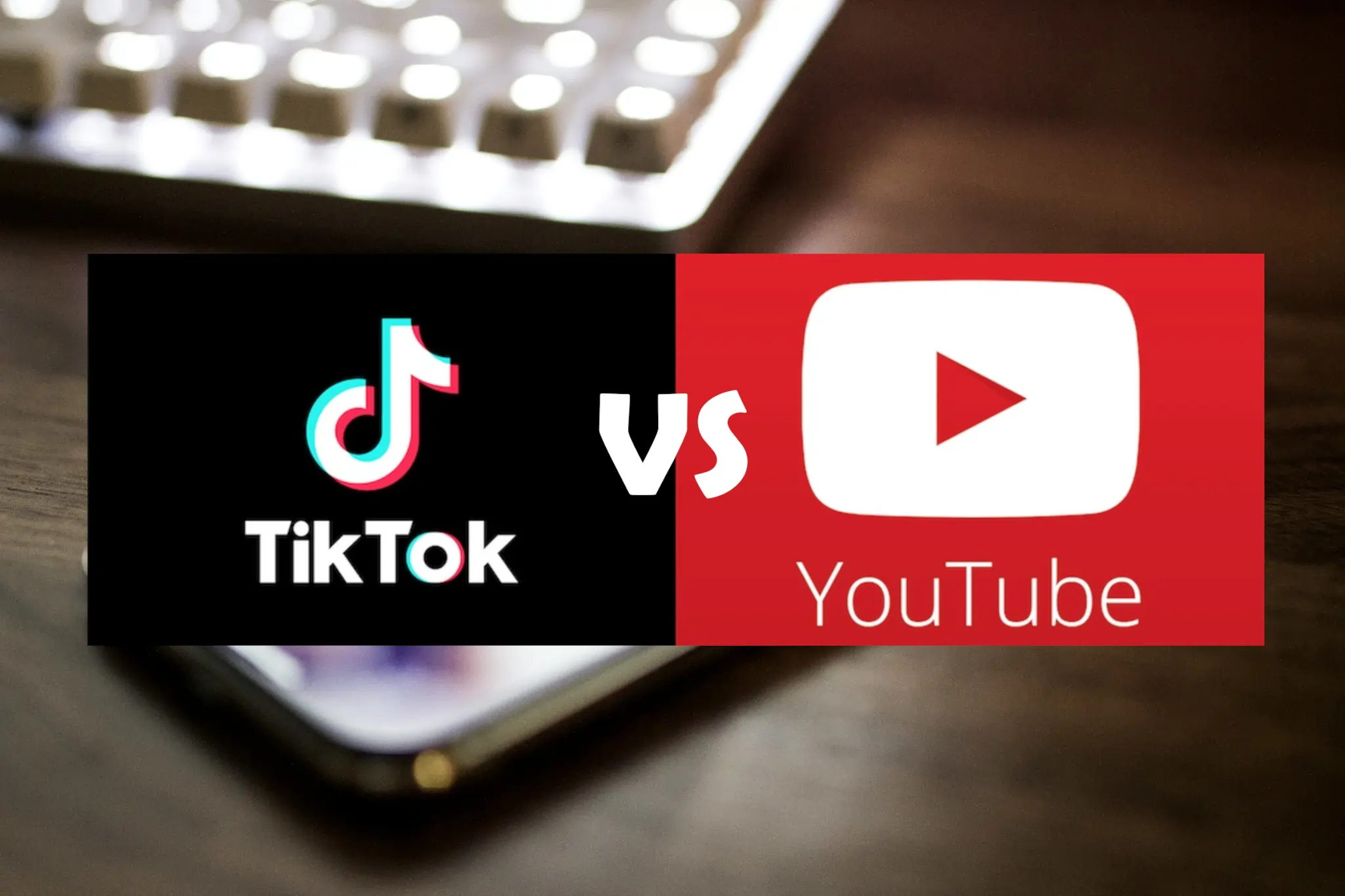Noel Chapman’s Account Hacked
Noel Chapman’s recent experience serves as a cautionary tale for business owners. His Instagram account, boasting 9,000 followers, fell victim to a hacker’s cunning tactics. With critical insights from Noel’s narrative, we explore the dire consequences of compromised social media accounts, shedding light on the potential loss of valuable client connections and the inherent risks to data security that businesses face.
Ugo Massabo’s Ransom Demand
Ugo Massabo, owner of a renowned Italian restaurant and deli, faced a distressing situation when an innocuous click on a deceptive link led to a ransom demand of £350 for the restoration of his hijacked Instagram account. His emotional journey underscores the gravity of such attacks, emphasizing the urgency for businesses to fortify their digital fortresses and prepare against potential cyber threats.
Essential Steps for Businesses
Immediate Account Shutdowns and Assessment
Upon discovering a social media breach, the swift suspension of compromised accounts is crucial. Our guide emphasizes the importance of promptly assessing the extent of the breach to gauge potential damage and identify the affected data and interactions.
Strategic Password Resets and Security Enhancements
Implementing stringent password resets, fortified by complex and unique combinations, forms a critical step in the recovery process. We delve into the significance of reinforcing security measures, including the implementation of robust authentication protocols and the utilization of secure password management tools.
Transparent Communication and Client Notification
Transparent communication plays a pivotal role in rebuilding trust and credibility. Our guide highlights the necessity of promptly informing clients and stakeholders about the breach, emphasizing transparency, and providing clear and concise updates about the situation to maintain open lines of communication.
Digital Forensic Investigation and Cybersecurity Assessment
Navigating the aftermath of a social media hack necessitates a thorough investigation into the root cause of the breach. We emphasize the importance of conducting a comprehensive digital forensic analysis and a thorough cybersecurity assessment to identify potential vulnerabilities and fortify the digital infrastructure against future attacks.
Enhanced Security Protocols and Ongoing Monitoring
The road to recovery involves the implementation of enhanced security protocols and continuous monitoring. Our guide underlines the significance of deploying proactive security measures, such as regular security audits, employee training on cybersecurity best practices, and the establishment of robust monitoring systems to ensure the ongoing protection of digital assets.
Proactive Measures for Enhanced Security
Two-Factor Authentication Implementation and Best Practices
We highlight the critical role of two-factor authentication in fortifying the security of social media accounts. Our guide provides insights into the implementation of best practices for two-factor authentication, ensuring an additional layer of protection against unauthorized access and potential breaches.
Password Management Strategies and Encryption Protocols
Effective password management is essential in preventing potential cyber threats. Our guide delves into the significance of employing robust password management strategies, including the use of password managers and the integration of encryption protocols to safeguard sensitive data and prevent unauthorized access.
Comprehensive Employee Training and Awareness Programs
Safeguarding your business demands an empowered workforce. We emphasize the importance of comprehensive employee training and awareness programs, educating staff about the latest cybersecurity threats, social engineering tactics, and the best practices for maintaining a secure digital environment.
Privacy Setting Optimization and Regular Updates
Optimizing privacy settings is crucial in maintaining a secure online presence. Our guide provides detailed insights into optimizing privacy settings on social media platforms, emphasizing the importance of regular updates, secure browsing practices, and the implementation of notification alerts for potential security breaches.
Vigilant Threat Monitoring and Incident Response Planning
Building resilience against cyber threats requires vigilant threat monitoring and robust incident response planning. Our guide outlines the significance of implementing proactive threat monitoring systems and establishing comprehensive incident response plans to swiftly address and mitigate potential security breaches.
5 key global statistics that shed light on the prevalence and impact of social media hacks:
- Rising Cyber Attacks on Social Media According to the 2021 Global State of Cybersecurity report by ISACA, there has been a 30% increase in cyber attacks on social media platforms globally, underscoring the growing vulnerability of businesses to digital breaches and data compromises.
- Impact on Small Businesses Research conducted by the Federation of Small Businesses (FSB) reveals that approximately 60% of small businesses that experience a cyber attack are forced to shut down within six months of the breach. This emphasizes the critical need for robust cybersecurity measures, especially for small businesses in the South African context.
- Financial Losses and Recovery Challenges A study by Accenture estimates that the average cost of a cyber attack for a company is $13 million. This includes expenses related to damage control, reputation management, and data recovery. Such financial implications can significantly impact businesses, particularly in the South African economic landscape.
- Cybersecurity Preparedness of South African Businesses The South African Banking Risk Information Centre (SABRIC) reports that 94% of businesses in South Africa experienced a cyber attack in the last year, highlighting the urgent need for comprehensive cybersecurity preparedness and risk management strategies within the South African business sector.
- Social Media Identity Theft and Fraud A report by the South African Fraud Prevention Service (SAFPS) indicates that cases of social media identity theft have increased by 42% in the past year. This alarming trend emphasizes the importance of stringent security measures and vigilant monitoring of social media accounts to prevent identity theft and fraudulent activities.




